The news of a slight increase in export rice prices has brought joy to both rice growers and businesses. However, this increase is not certain.
Mr. Do Ha Nam - Vice President of Vietnam Food Association, Chairman of the Board of Directors and General Director of Intimex Group - had an interview with reporters of Industry and Trade Newspaper about this issue.
Market developments have not recorded any new movements.
- Sir, in recent days, there has been information about the increase in export rice prices. Is it true that the export rice price has hit the bottom of the sine wave and returned to the increasing cycle?
Mr. Do Ha Nam: Currently, the export price of rice has not changed, and there is nothing new in the output market.
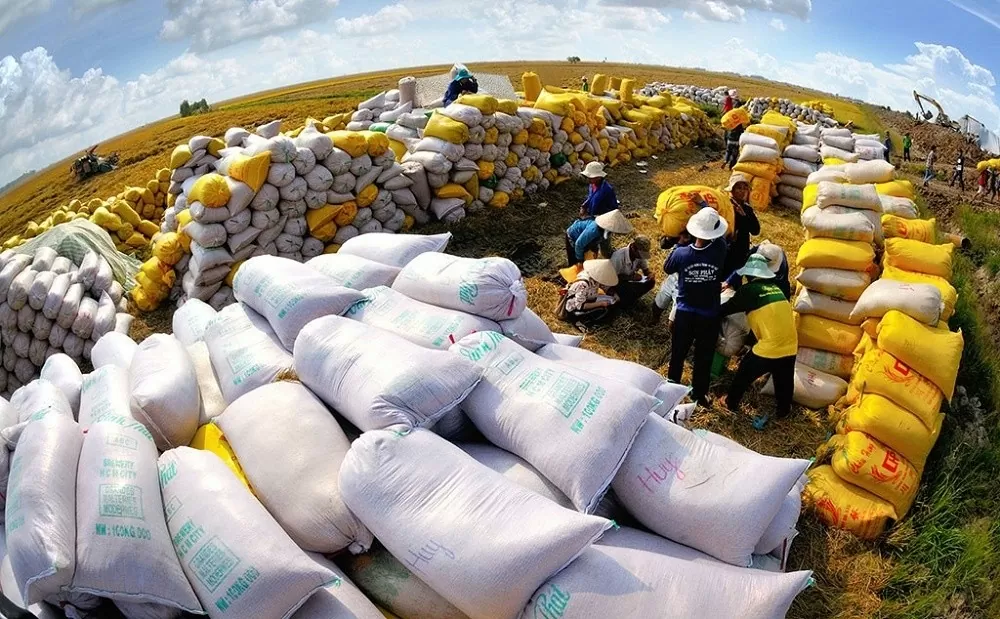 |
| Up to this point, the export price of 5% broken rice stands at 393 USD/ton, down 270 USD, equivalent to 40% compared to the end of 2023. |
As for the Vietnam Food Association, its function is only to provide market information to businesses, but it is very difficult to prevent the current decline in export rice prices.
- What is the reason for the sharp decrease in domestic rice prices and export rice prices in recent times, sir?
Mr. Do Ha Nam: The main reason for the current fall in rice export prices is that India has loosened its rice export restrictions after two years of tightening. Supply has increased as India returns to the market. This has increased supply in the international market, creating competitive pressure for other exporting countries, including Vietnam. When supply increases and demand decreases, they will use this pressure to put pressure on sellers.
Meanwhile, demand for rice imports from major markets such as the Philippines and Indonesia is also declining, as these countries have accumulated enough reserves by 2024 and are waiting for prices to fall further before re-importing.
Another reason is that Vietnam is entering the biggest rice harvest of the year - the Winter-Spring crop. The Winter-Spring harvest has begun and is expected to peak next month. The crop has just begun but the domestic rice price as well as the export price have decreased like this, if there is no solution soon, we are worried that the price will decrease further. Therefore, the Vietnam Food Association hopes to have solutions soon from the authorities.
Hope to have a meeting soon to discuss solutions to stabilize rice prices
- To prevent the current decline in rice prices, what does the Vietnam Food Association propose, sir?
Mr. Do Ha Nam: The decrease in domestic rice prices as well as export rice prices is a market rule. It will be difficult for the Vietnam Food Association to make any requests or suggestions because this is the business freedom of enterprises.
 |
| Mr. Do Ha Nam - Vice President of Vietnam Food Association |
Currently, rice prices are in a sad state when output is limited, prices have dropped from about 8,000 - 9,000 VND/kg to 6,000 VND/kg but cannot be sold. Meanwhile, many rice farmers are poor and cannot store rice, so they cannot stop the price drop.
Therefore, the Vietnam Food Association wants to have a policy on temporary storage of rice.
Like coffee in the past, when prices were too low, the government implemented a policy of temporarily storing coffee, which helped farmers sell coffee at high prices, stabilize production, and at the same time create pressure on the market to raise the price of robusta coffee, increase export turnover for Vietnamese coffee, and help the Vietnamese coffee industry promote its strengths and develop sustainably. The policy of temporarily storing coffee has helped both farmers and businesses benefit.
At the same time, it is recommended that banks also create conditions for people and businesses to access capital and have the ability to store goods, thereby being more proactive in commodity prices. The flexibility of banks in lending will promote development for farmers and businesses related to agricultural products.
In the context that businesses in the industry are mainly small and medium enterprises, even micro enterprises. Access to capital is still limited. Therefore, there should be a policy of giving priority to reputable people and businesses when lending, especially related to mortgages with assets. Instead of letting people borrow money from outside, banks should make it easier for farmers to borrow money. Promote lending activities by accepting mortgages of money, goods, contracts, etc. as long as the creditworthiness of the borrowers is assessed.
Currently, rice exporting enterprises are also very worried. Therefore, the Vietnam Food Association hopes that the relevant ministries, departments and agencies will soon hold a meeting to discuss solutions with enterprises in the industry to control prices as well as revive the current export price of paddy and rice.
Thank you!
The Vietnam Food Association said that the current situation of extremely low rice prices is very worrying. During the years 2016 - 2022, the export price of 5% broken rice from Vietnam always fluctuated at 420 - 535 USD/ton. In 2023, the export price of rice increased thanks to India stopping rice exports, causing the price of 5% broken rice from Vietnam to reach a 15-year high (since 2008) of 663 USD/ton in November 2023. Up to this point, the export price of 5% broken rice stands at 393 USD/ton, down 270 USD, equivalent to 40% compared to the end of 2023. At the current price, the export price of 5% broken rice from Vietnam is at the lowest level among the world's leading exporting countries such as Thailand and India, only higher than Pakistan. |
Source: https://congthuong.vn/xu-huong-gia-gao-xuat-khau-tang-chua-chac-chan-376479.html







![[Photo] Hanoi morning of October 1: Prolonged flooding, people wade to work](https://vphoto.vietnam.vn/thumb/1200x675/vietnam/resource/IMAGE/2025/10/1/189be28938e3493fa26b2938efa2059e)


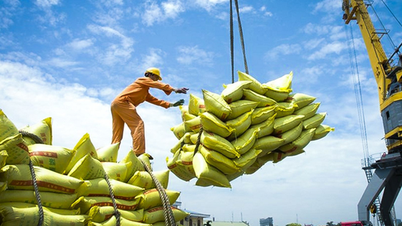



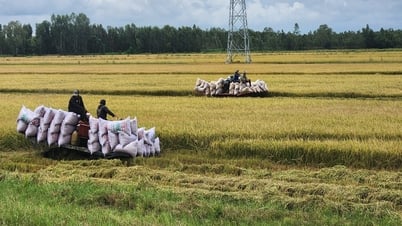


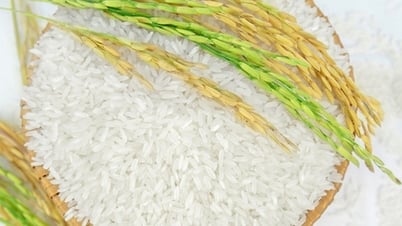















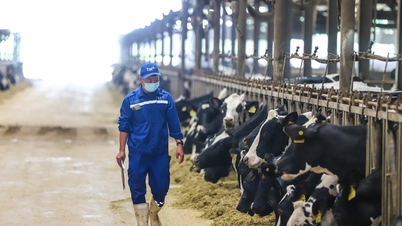

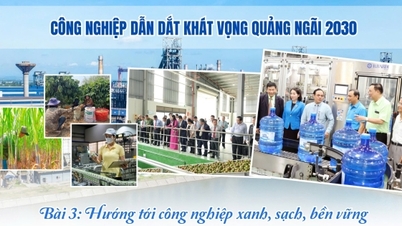
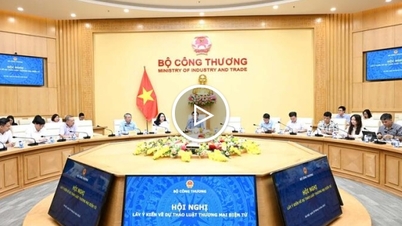

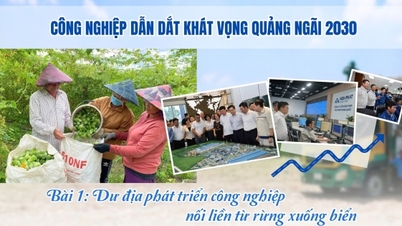
![[Photo] The 1st Congress of Phu Tho Provincial Party Committee, term 2025-2030](https://vphoto.vietnam.vn/thumb/1200x675/vietnam/resource/IMAGE/2025/9/30/1507da06216649bba8a1ce6251816820)
![[Photo] Panorama of the cable-stayed bridge, the final bottleneck of the Ben Luc-Long Thanh expressway](https://vphoto.vietnam.vn/thumb/1200x675/vietnam/resource/IMAGE/2025/9/30/391fdf21025541d6b2f092e49a17243f)
![[Photo] President Luong Cuong receives President of the Cuban National Assembly Esteban Lazo Hernandez](https://vphoto.vietnam.vn/thumb/1200x675/vietnam/resource/IMAGE/2025/9/30/4d38932911c24f6ea1936252bd5427fa)





















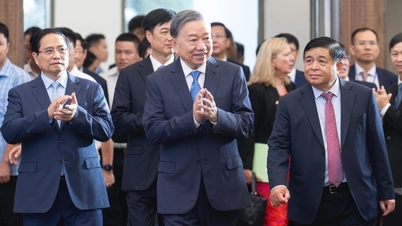
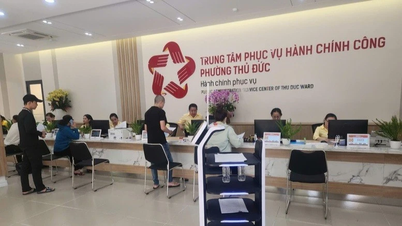


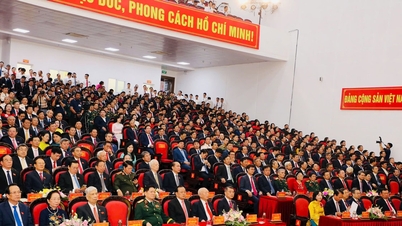

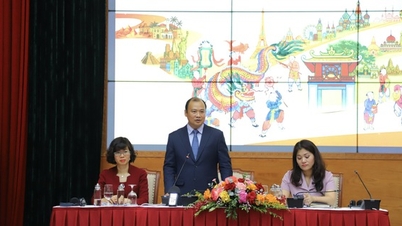






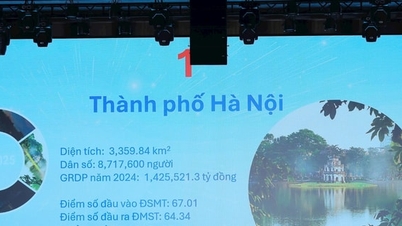

























Comment (0)